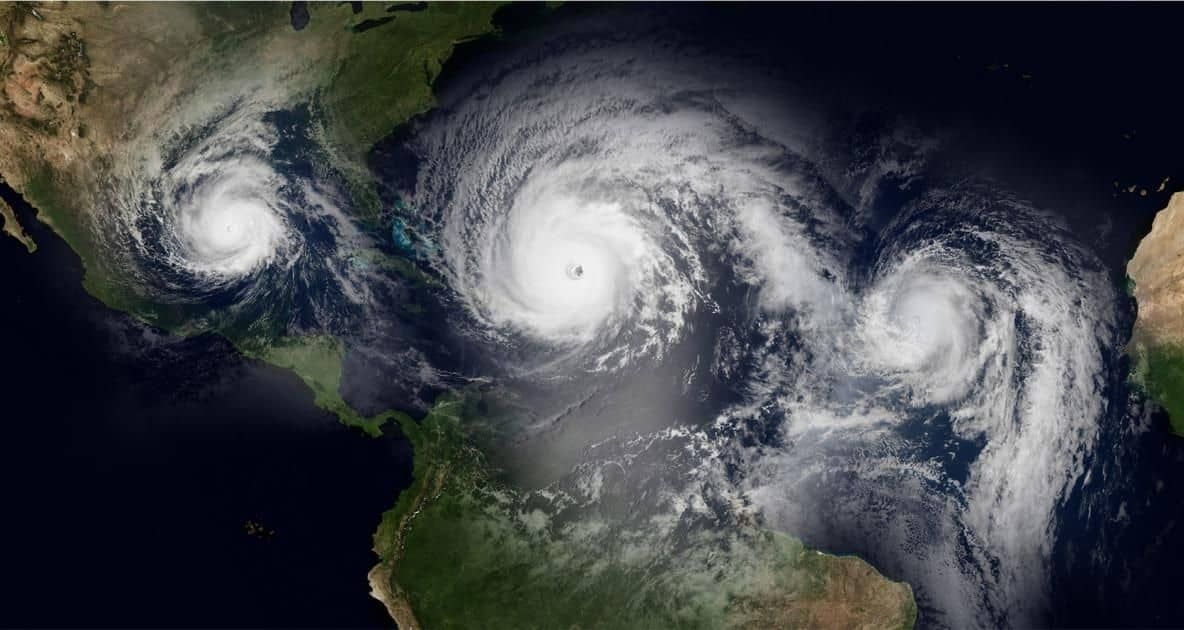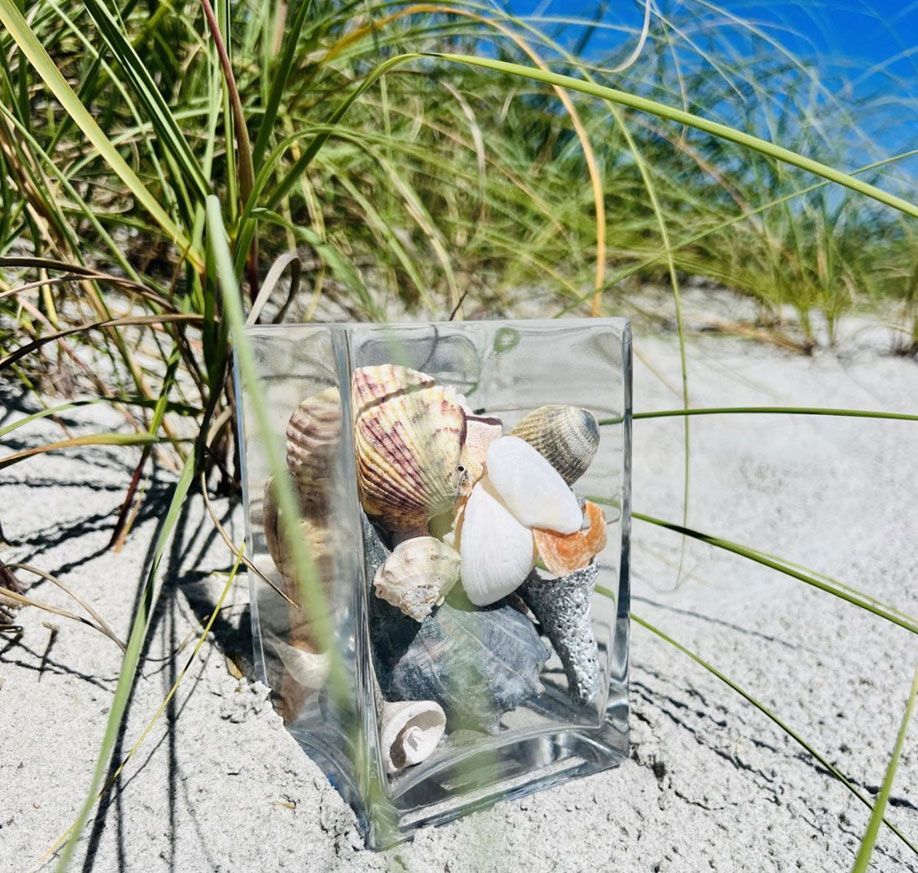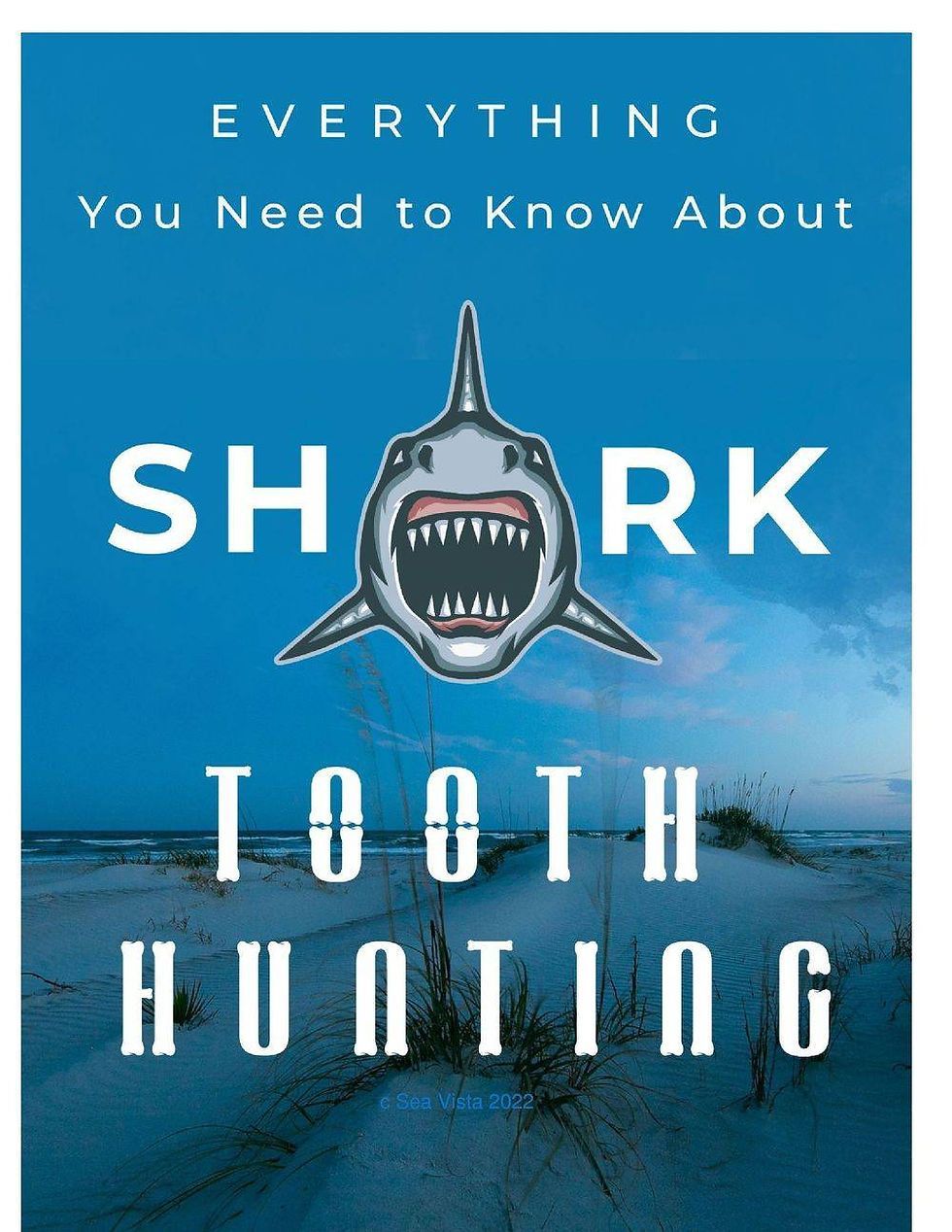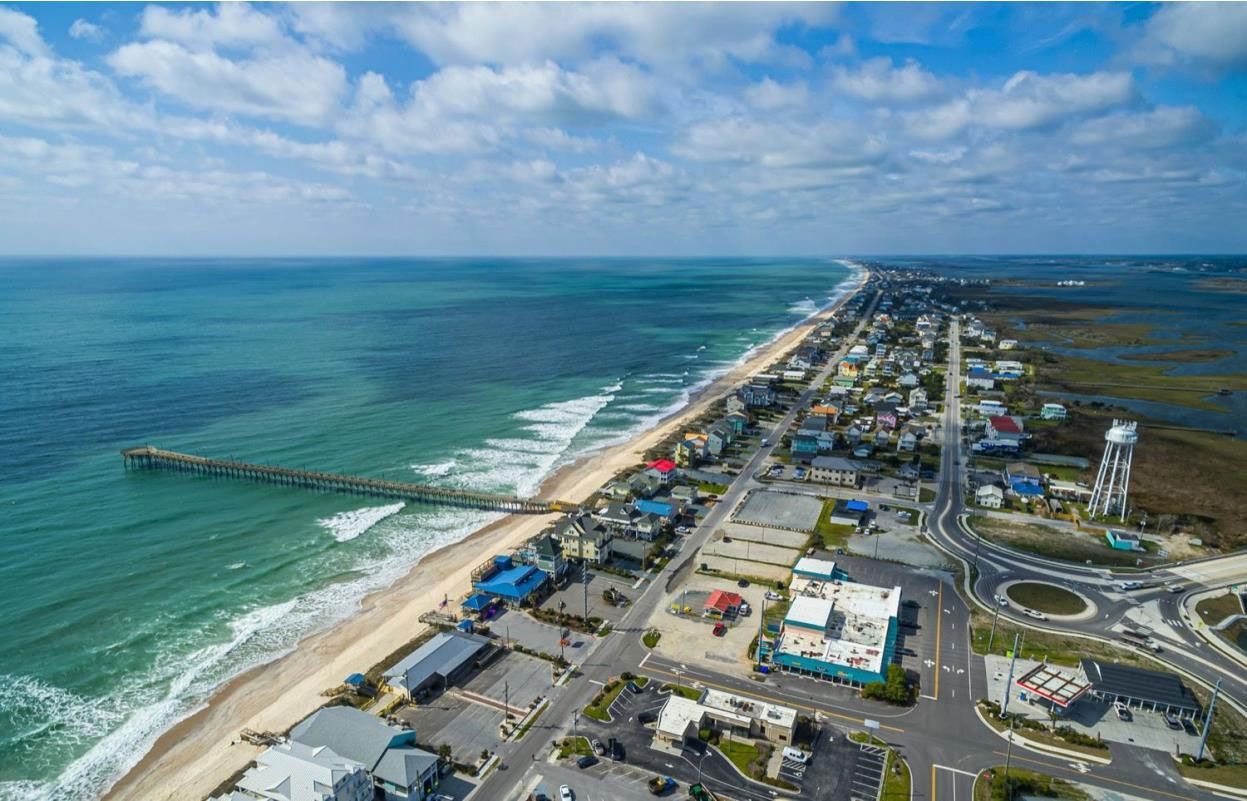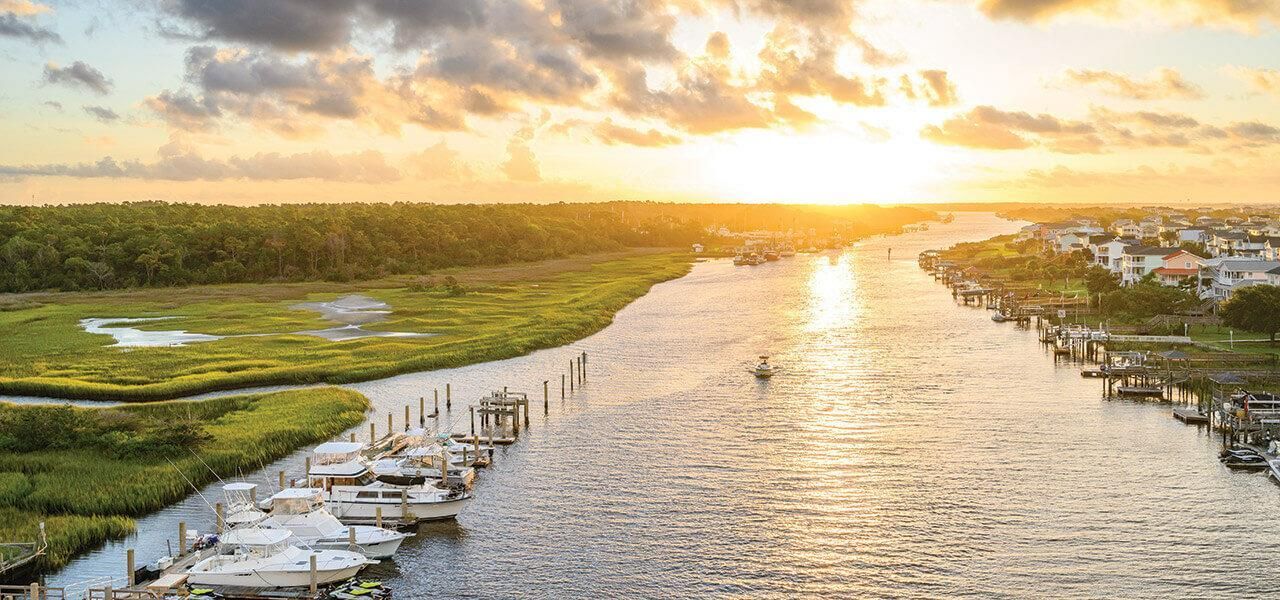METAL DETECTING; A SURE ADVENTURE AT TOPSAIL ISLAND
Have you ever gone on a metal-detecting adventure? One can hardly describe the thrill of unearthing something that no one has ever seen. What about discovering an artifact of no apparent value yet you still can't contain your joy! And here at Topsail Island, you would never lack ground for metal detecting.
FIRST LET US DIVE INTO A LITTLE BIT OF HISTORY!
This much-desired activity must have started at some point, right? It is believed that the first attempts at metal detecting were made to locate bullets and metals in gunshot victims and the like.
Professor Heinrich Wilheim Dove, a German physicist, made the first model of a metal detector around the 1840s. He called it the "differential inductor". Later in the 1870s, David Edward Hughes, an inventor and music professor, made his experiments and modifications to Heinrich's invention to create a device that could identify counterfeit coins. Over the years, more people like Gustave Pierre Trouvé and Alexander Graham Bell made contributions and developed their prototypes.
Alexander Bell is particularly known for attempting to use his model to detect a bullet shot into the back of American President James Garfield. It was futile because the metallic bed springs interfered with the process. Further modifications came about by the contributions of many ardent inventors and physicists including Gerard Fisher and Albert Einstein.
Metal Detecting as a hobby didn't come about until the early 1970s when the very low frequency (VLF) metal detectors were introduced. These were made with a high sensitivity to very small objects and therefore served a wide range of functions. They could be used to eliminate metallic waste buried in piles of sand. Miners also took advantage of them to find gold or other precious metal nuggets.
Today, myriads of people use these detectors daily in the hope of finding something super cool like large gold nuggets, priceless relics, or even just a lost ring.
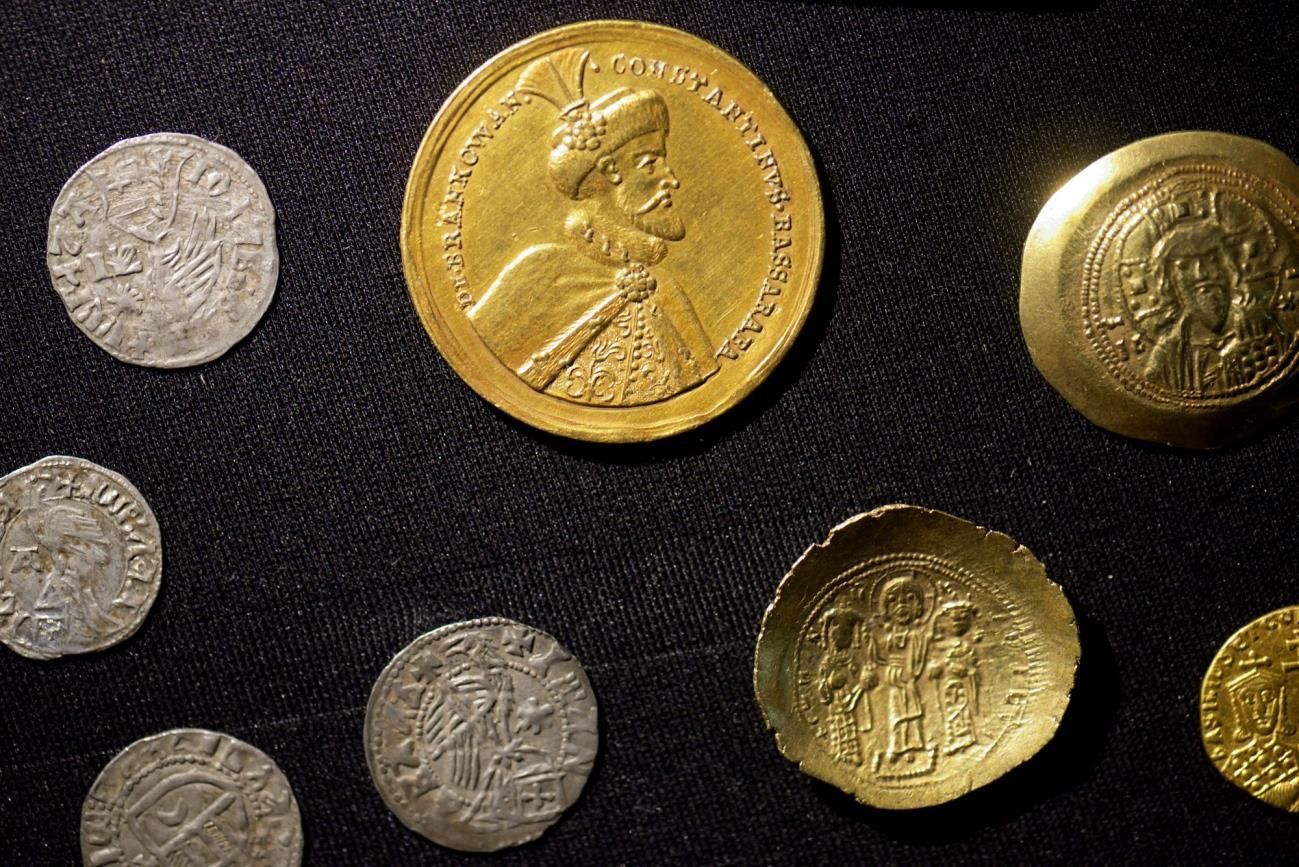
David Chao | @Flickr
METAL DETECTING AT TOPSAIL ISLAND
Metal Detecting at Topsail Island is sure to hit a soft spot in your heart. Given Topsail's rich history of Pirates and lost treasure, there could be many things yet undiscovered, beneath all this sand.
Remember the "Gold Hole"? It is a supposed bottomless hole at Topsail Beach Town, where many believe that the notorious Blackbeard, a.k.a Edward Teach hid his treasure. Legend says that Blackbeard loved and visited our shores often—so much that he gifted this island his most prized possession: his treasure! A story has been told that treasure hunters visited the "Gold Hole" in the late 1930s to search for the treasure. They dug and scouted the area for about four years. But one morning, without a handshake or a goodbye, they were gone. What did they find? Who knows for sure? Well, we don't, but we do hope that they found some hidden treasures, and we also hope that they left behind some treasure for us!
TOOLS AND TRICKS FOR THE TRIP
If you are a first-time metal detectorist, don’t worry. It is pretty simple and you only need a handful of equipment for your adventures. First, what is metal detecting without a metal detector—your best friend is your metal detector and you best get one that works well in areas with salt water or one with specific beach settings. Most of your adventures may be at the beach and the saltwater conductance may interfere with metal detectors that are not suited to it. A hand trowel or a good sand scoop will be your wingman (sometimes a shovel may be necessary). You would need them to dig up and uncover anything you detect (you also need them to fill back the holes). Like any treasure-collecting adventure, you would need a bag or bucket to stash your findings. Wearing a strong pair of boots would help protect your feet and legs from insect bites and other kinds of injury. Very importantly, you should at least take with you a cool bottle of water, a refreshing drink, and some great snacks; you would need them for all that hard work.
One of the best times to go metal detecting at the beach is after a storm. During a storm, the great waves stir up all kinds of artifacts and maybe even treasures that once lay at the bottom of the sea. Some of these artifacts and treasures were from shipwrecks of the past, especially from the days when the sea was lavish in traffic. Your possibilities are endless: sea shells, sea glasses, lost jewelry, ancient artifacts, a chunk of gold...or maybe Blackbeard's lost treasure!!!!!
METAL DETECTING SPOTS
If you are not sure where to start detecting, how about the beach right in front of our motel? Many people visit this pristine beach for the crunch of the sand, the caress of the breeze, and the songs of the waves. However, even with many people, the beach is rarely crowded due to its large size. This makes metal detecting very worthwhile because—you guessed it—with its many visitors, there’s a good chance of discovering something worthwhile.
Most of the beaches in North Carolina are also good places for metal detecting. But before you start your adventure on any beach, it will be wise to check with the authorities to confirm that you have the right permission. Some common areas include Carolina Beach which is near the Carolina Beach State Park (do not detect on the State Park; stick to the beach!!), Kitty Hawk’s Beach, Caswell Beach, and Wrightsville Beach. You will also find many others during your trip.
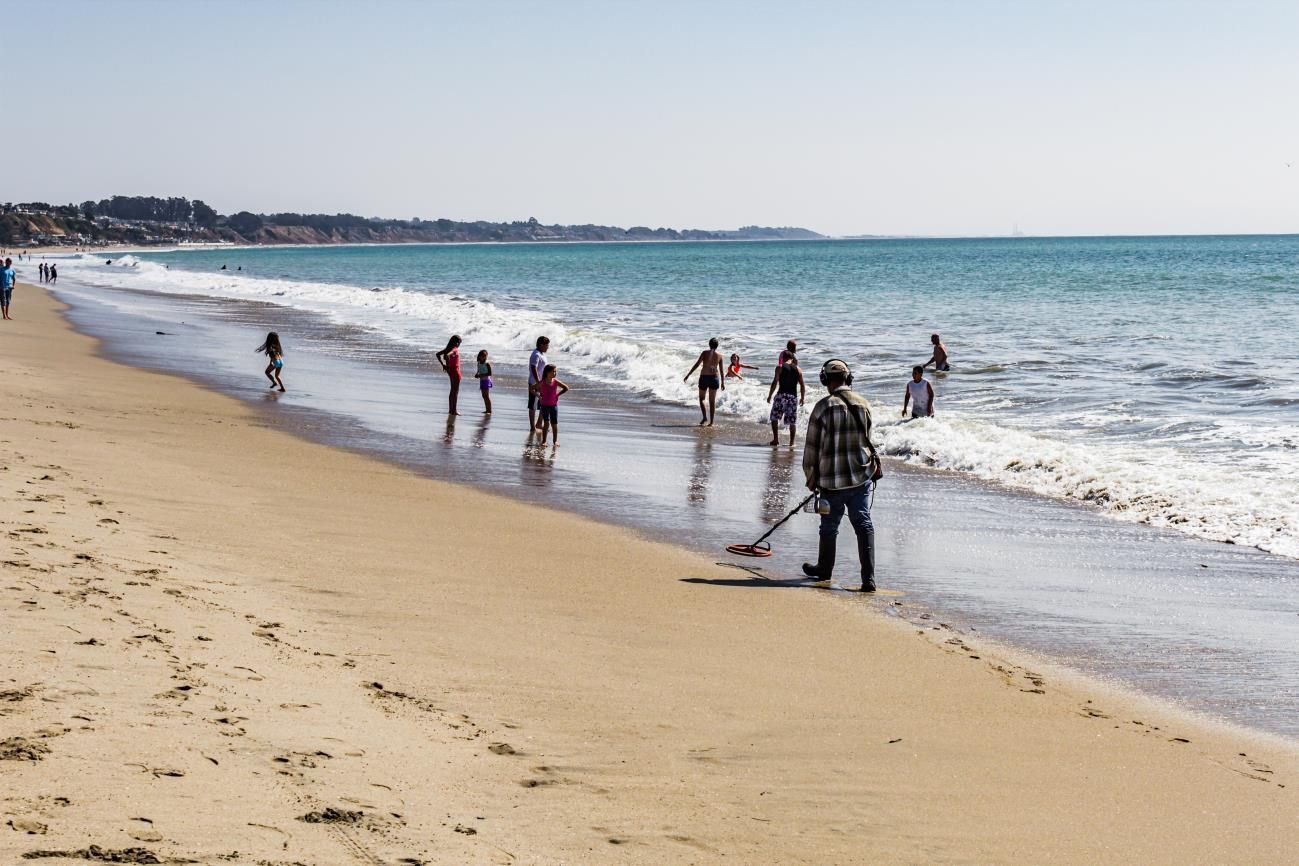
David Seibold | @Flickr
WHAT YOU SHOULD KNOW ABOUT METAL DETECTING?
One important thing to know about metal detecting is that different lands and countries have different rules for this activity. Before you pick your detector and go about your scout, you must be aware of the conduct codes and the community guidelines that pertain to the specific area. Generally, you would hardly run into an issue but you also don't want to meddle in places you shouldn't be in. At Topsail Island, you can generally go metal hunting anywhere except, of course, private property and state-protected areas.
Wherever you go for metal detecting, you should always follow these conduct codes. You shouldn't go scouting on historical sites because they are legally protected and you may end up destroying things that were meant to be protected. If you want to detect on a privately owned land of interest, you can obtain permission to do so. You should note that anything found there would belong to the owner unless explicitly stated otherwise. It is advisable to gel a written agreement to avoid misunderstandings.
If you have any waste like empty bottles and food wraps, stash them properly in a bin and not beneath the ground. You should be aware of local numbers you can call in case you dig up anything unusual like bombs, ammunition, unknown or suspicious materials. If you think you've detected something and you need to dig, dig as carefully and responsibly as you can. You don't want to damage wildlife and plants that live there. Once you've made your discoveries, don't just hop away in excitement. Turn back and fill up the holes you dug, will ya?
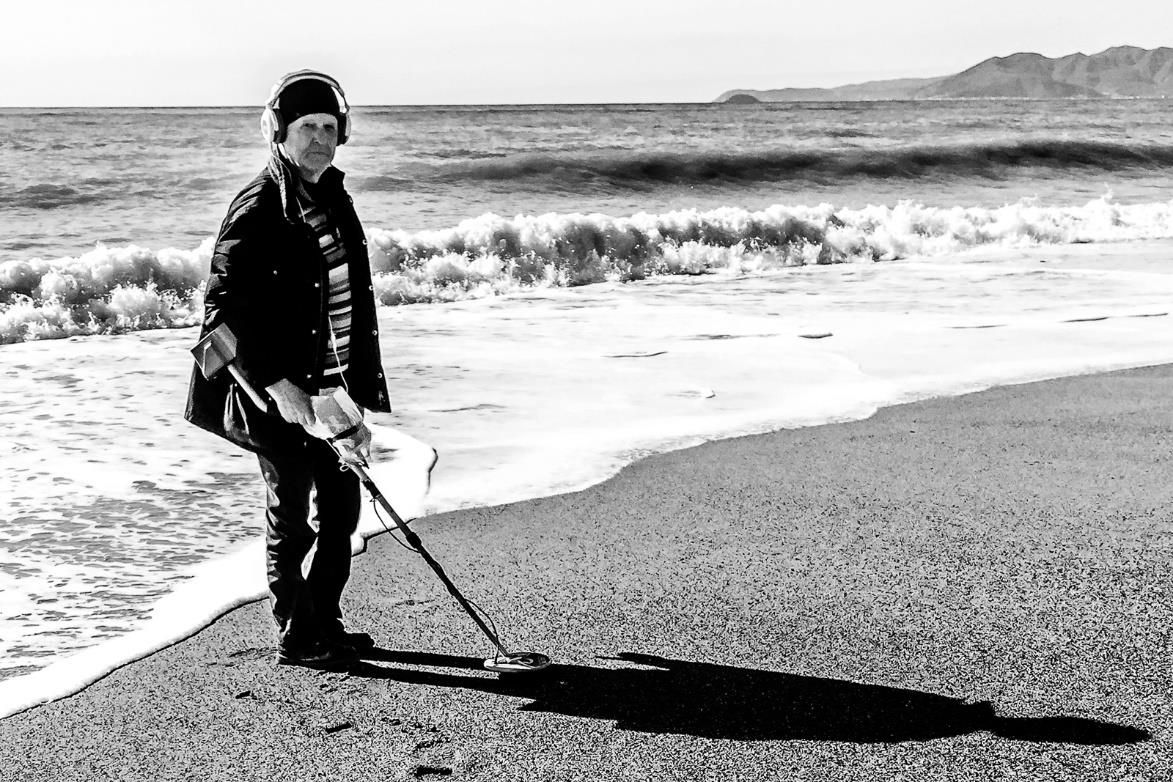
Pasquale Paolo Cardo | @Flickr
The thrill lies in the fact that you never know what you will find. Even if you don't discover a national treasure, you could still find treasures worth bedecking your shelves with. Have fun playing Indiana Jones for a day!
